Reduced strength, flexibility and mobility is common in elderly people. Mobility loss can leave you fearful of falling over and risking injury. It can also have negative emotional effects. But there are things you can do to reduce such risks and maintain your mobility and independence for longer.
For instance, occupational therapy for fall prevention can teach people certain do’s and don’ts to avoid a fall. Physical therapy, as well as building physical activities into your daily routine, are further ways to slow mobility loss. Pilates, Tai Chi or yoga, including chair yoga, can help improve your balance and coordination.
This article is for the education purpose only. Seek medical assistance if you have mobility issues.
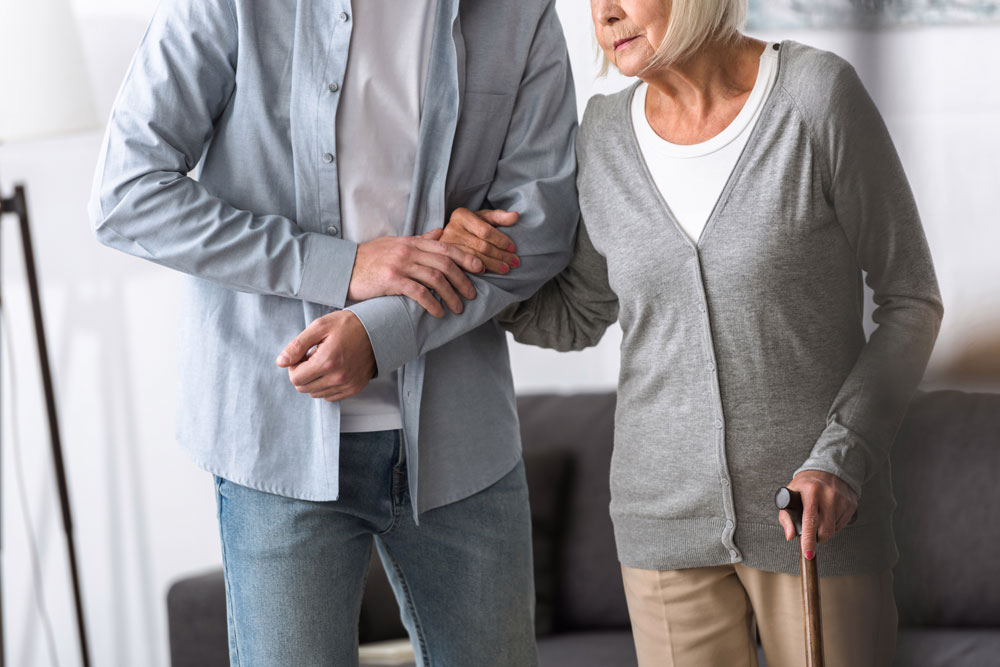
Three Reasons For Mobility Loss
Elderly people are more prone to chronic diseases and more likely to undergo surgery, both of which can reduce mobility. Understanding how gradual mobility loss can affect you and what you can do about it is important. However, be sure to seek specialist advice in the event of sudden mobility loss. Let’s take a look at some of the main reasons for an inability to move freely.
1. Lack of exercise
Avoid a sedentary lifestyle in which you spend long hours in front of the television or on the computer. Instead, be sure to do activities that keep you moving and active, whether at home or in care. Physical exercise helps keep the muscles and bones strong and improves heart strength and lung capacity.
2. Chronic diseases and injury
Many elderly people suffer from chronic diseases such as diabetes, arthritis, or rheumatoid arthritis, which can restrict your mobility. Brain injuries can also cause mobility issues. Slow-onset neurological diseases such as Parkinson’s, Alzheimer’s or multiple sclerosis affect the brain, which can also cause mobility loss. Balance disorders are more common in people with neurological conditions, making them more prone to a life-threatening fall.
3. Obesity
Being overweight puts a huge strain on your heart and consequently reduces your ability to be physically active. Avoiding mobility loss involves watching your weight, diet and lifestyle. Obesity can incline you to lead a more sedentary lifestyle when what is needed is an active lifestyle. Overweight people are also more likely to have hip and knee problems.
Exercise can help!
Keeping fit has great mental and physical health benefits. Aerobic exercise gets the heart and lungs functioning and drives oxygenated blood to the brain. This, in turn, makes you feel good, and improves your self-confidence, balance and strength. However, exercise needs to be done safely, so be sure to talk to your doctor or physical therapist for advice.
Staying socially engaged has mental health benefits, which can also impact your physical health.
Haym Salomon Home for Nursing & Rehabilitation in Brooklyn NY has a team of dedicated rehabilitation therapists, including physical as well as occupational therapists. Our occupational therapists show patients suffering from mobility loss how to prevent or reduce the risk of a fall. In addition, rehab therapies help patients greatly improve their mobility. Contact us today or walk in if you would like to find out more. We are here to answer all your questions and concerns.
This content comprises informative and educational resources only and can not be considered as a substitute for professional health or medical guidance. Reliance on any information provided in this article is solely at your own risk. If you have any inquiries or apprehensions about your medical condition or health goals, talk with a licensed physician or healthcare provider.


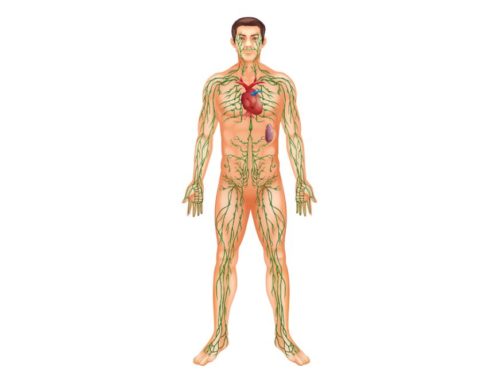
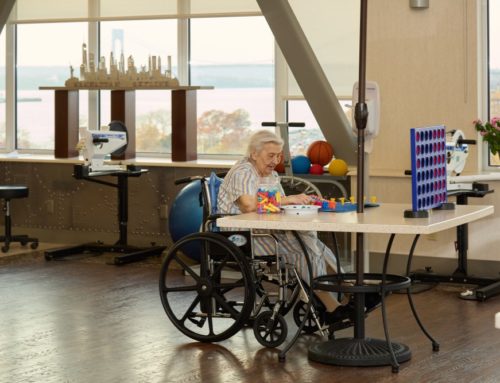
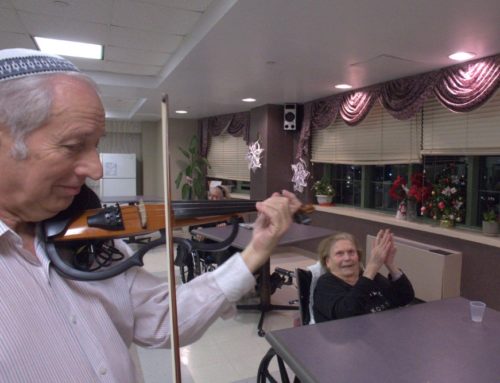
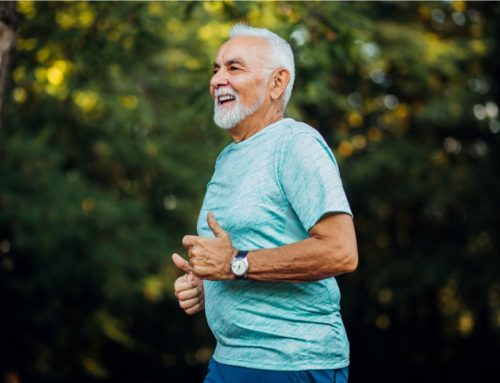
Leave A Comment